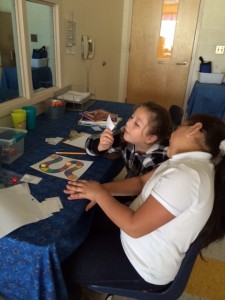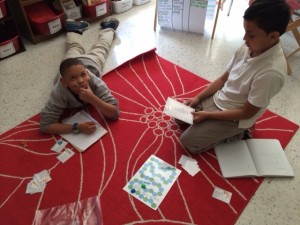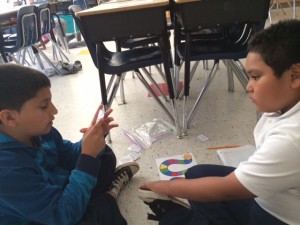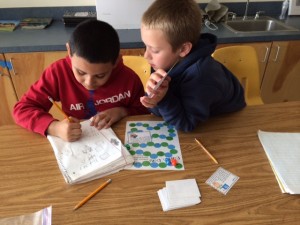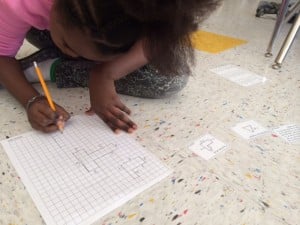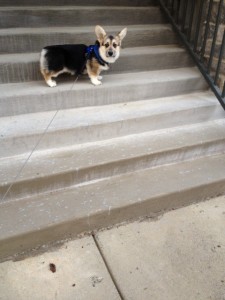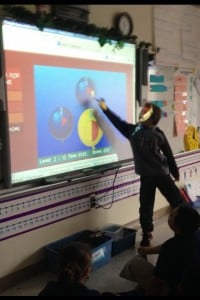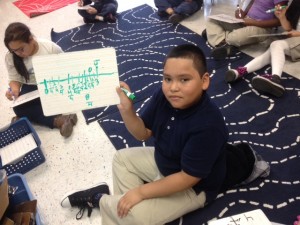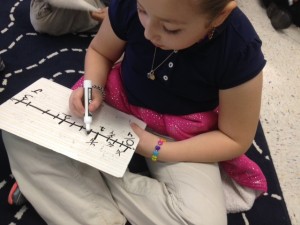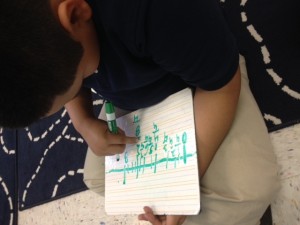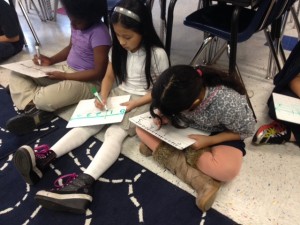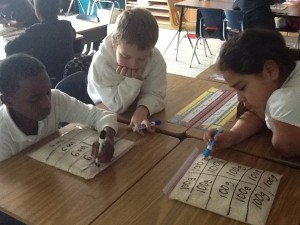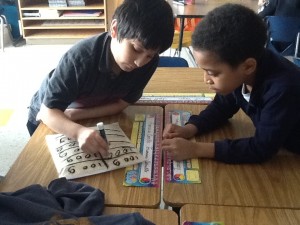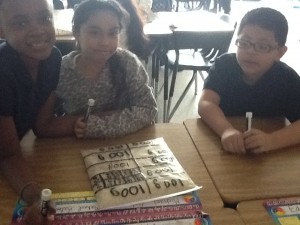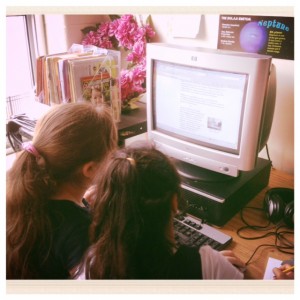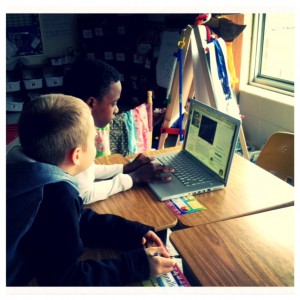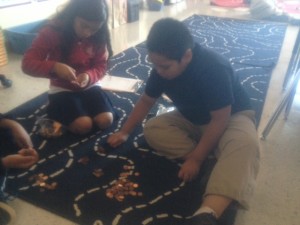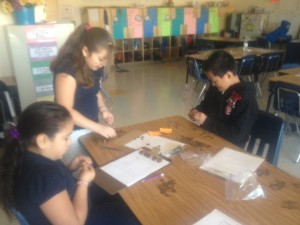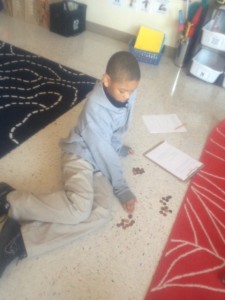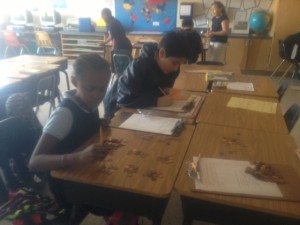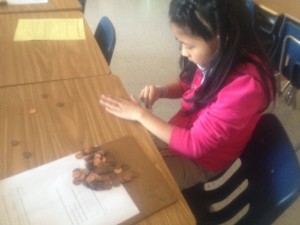This week we decided that each day after our math lesson, we wanted to have a lot of new math centers that review the concepts we’ve learned this year! The Busy Class and K-5 Math Teaching Resources came to rescue Mrs. Felter and give her some great ideas! We set up new expectations for our math center time. Here are the rules we established:
Expectations for Math Centers
- Have a positive attitude about centers and partners.
- Read the directions before asking for help!
- Stay focused the whole time.
- Organize your materials and clean up when you’re done.
- All done? Clean up & find Mrs. F for a new center!
